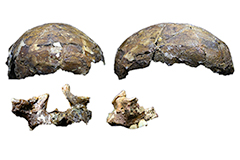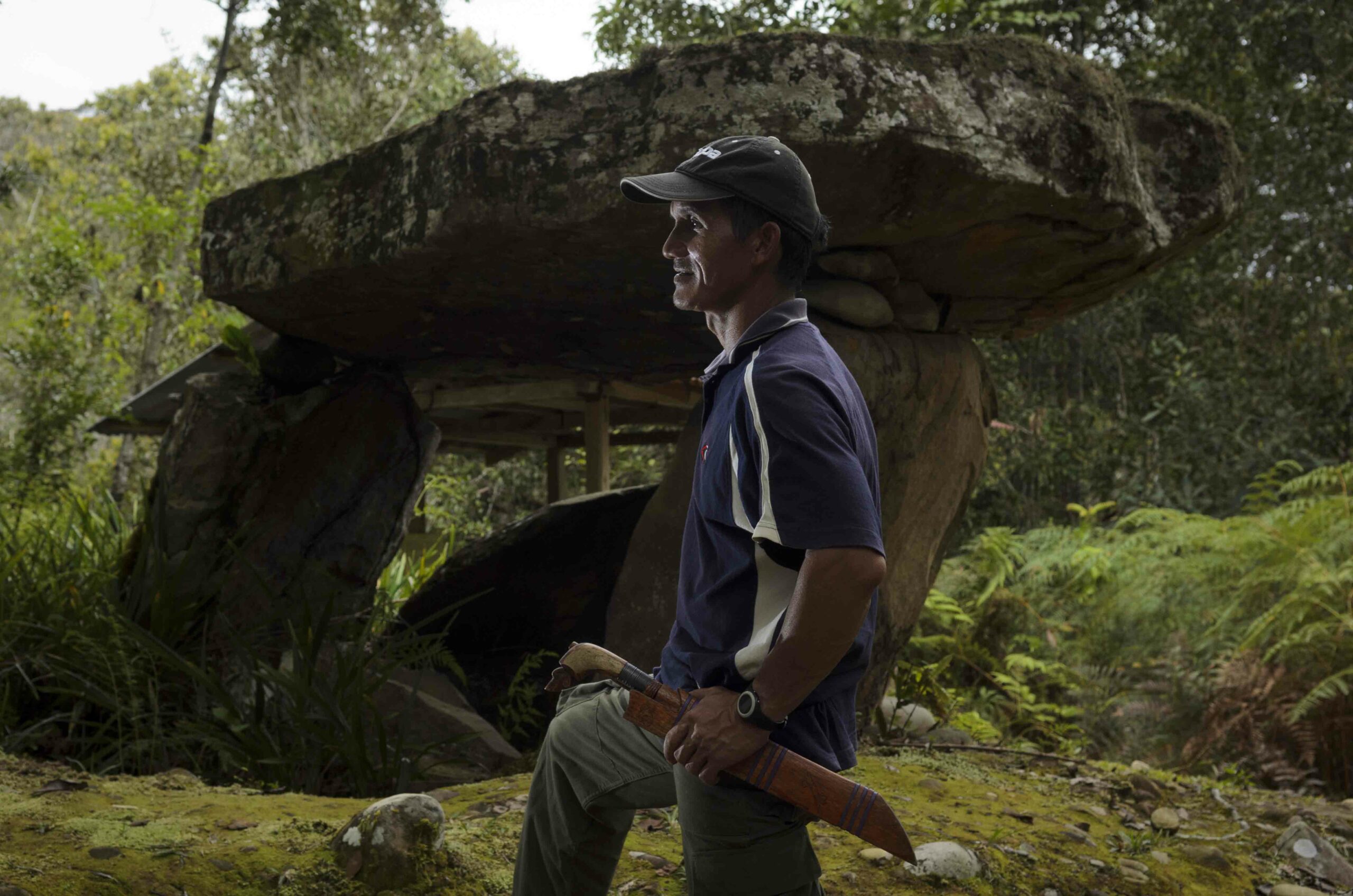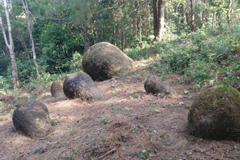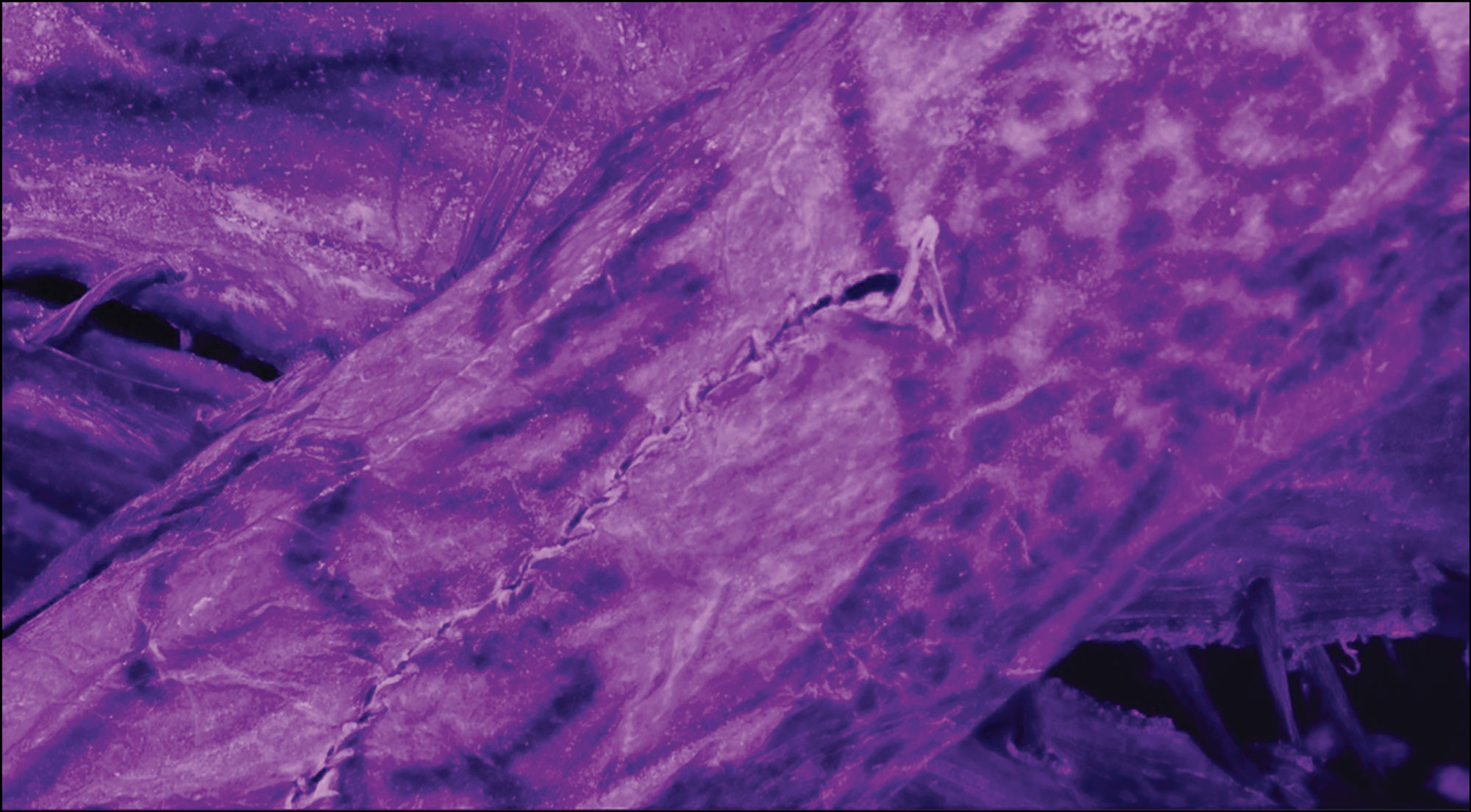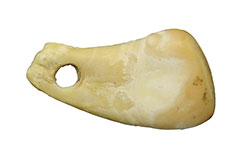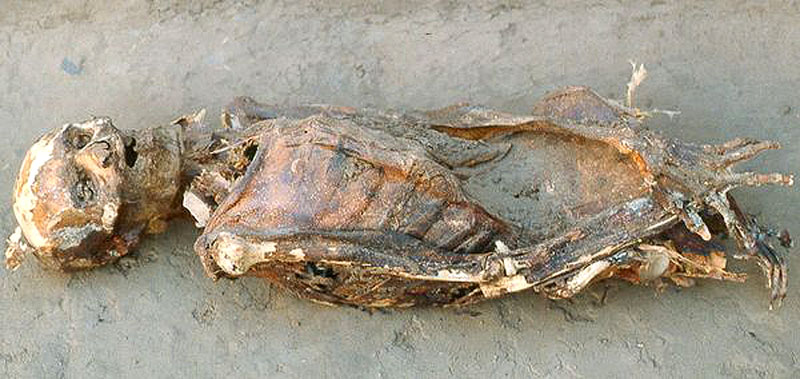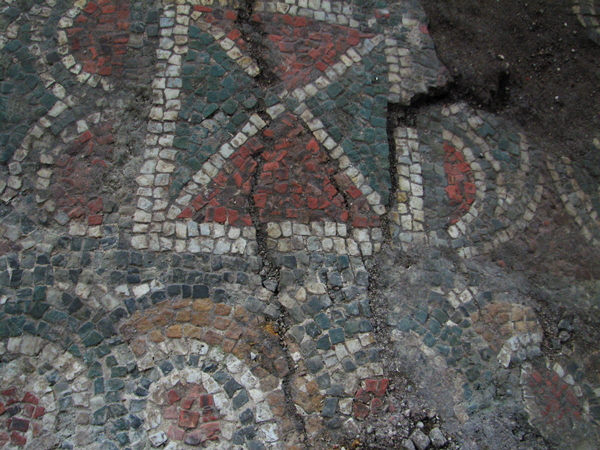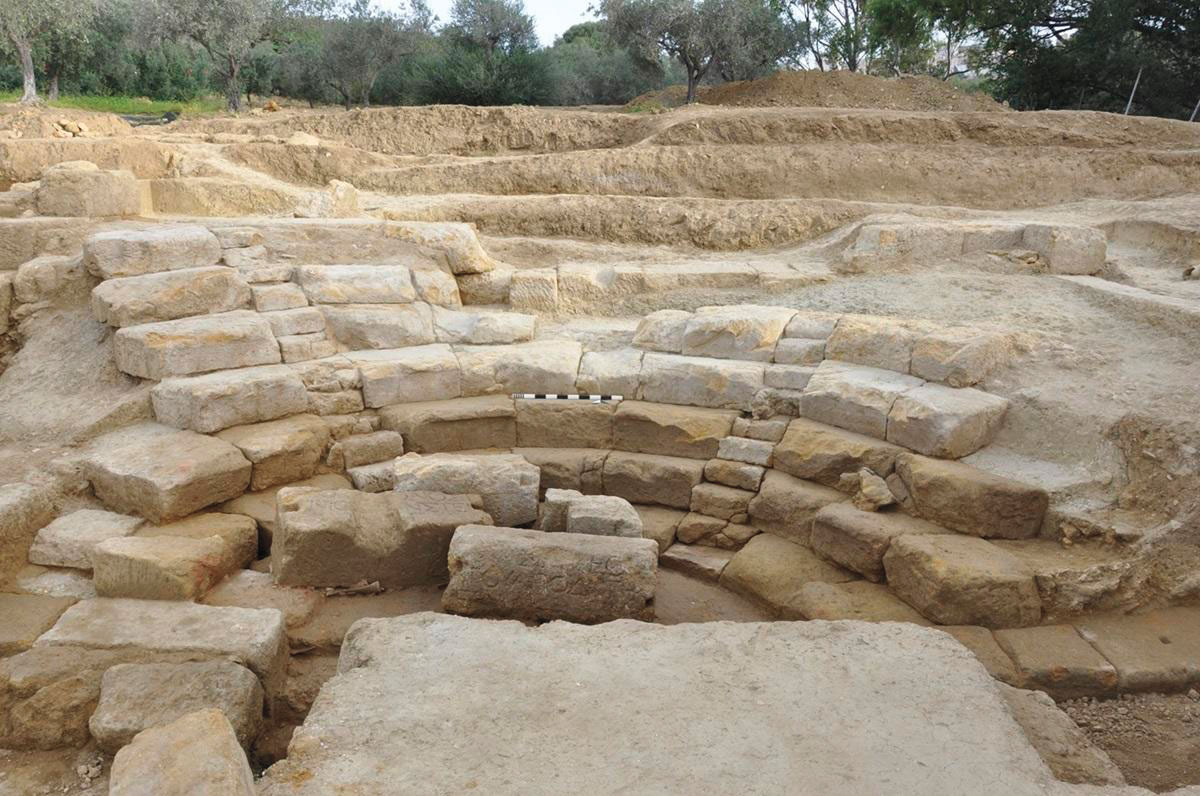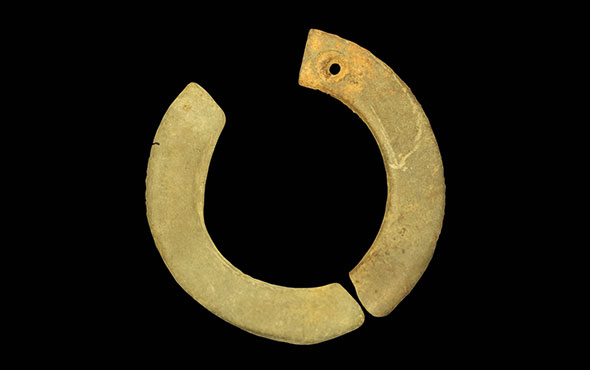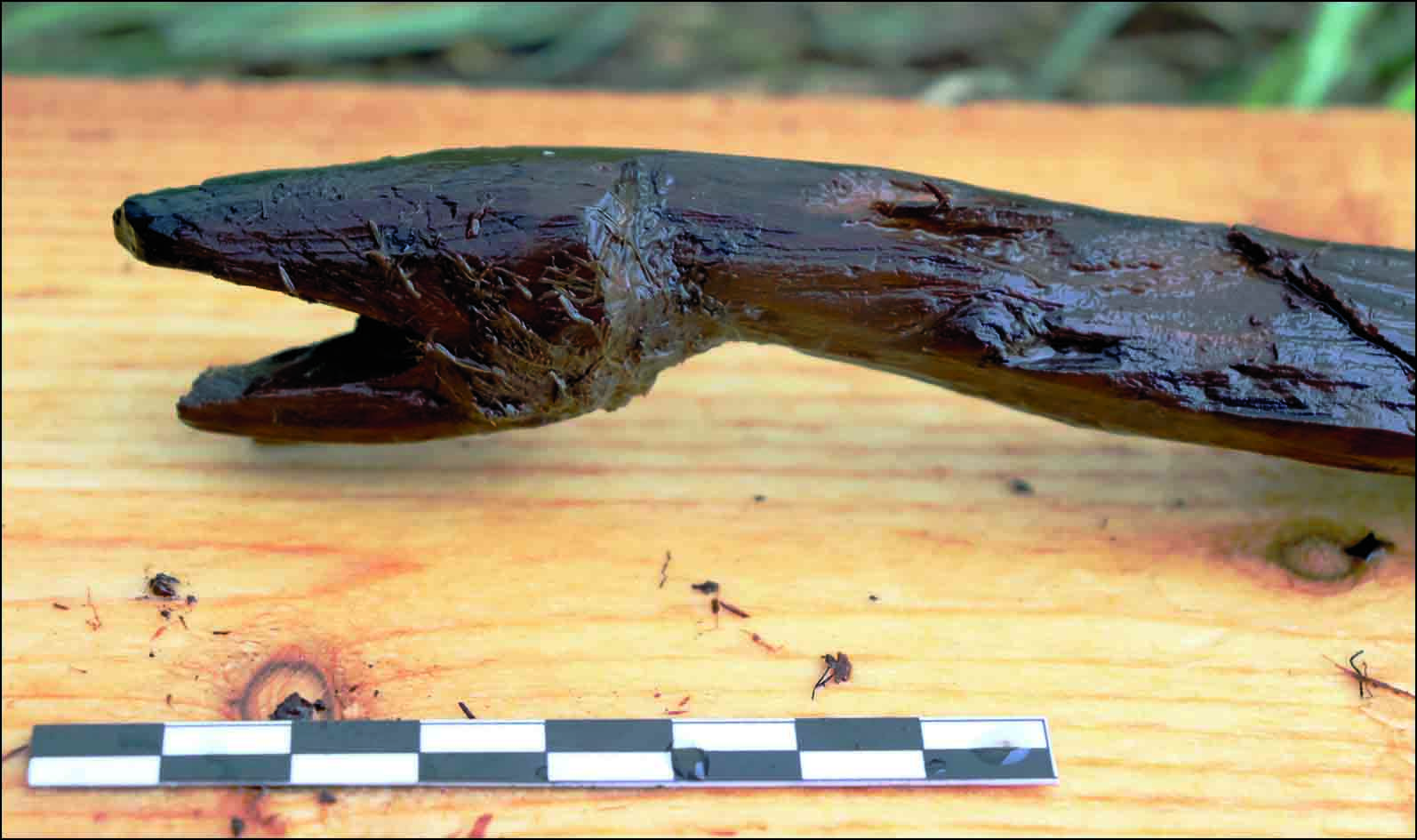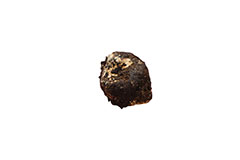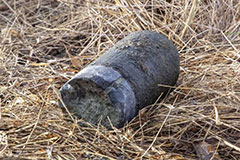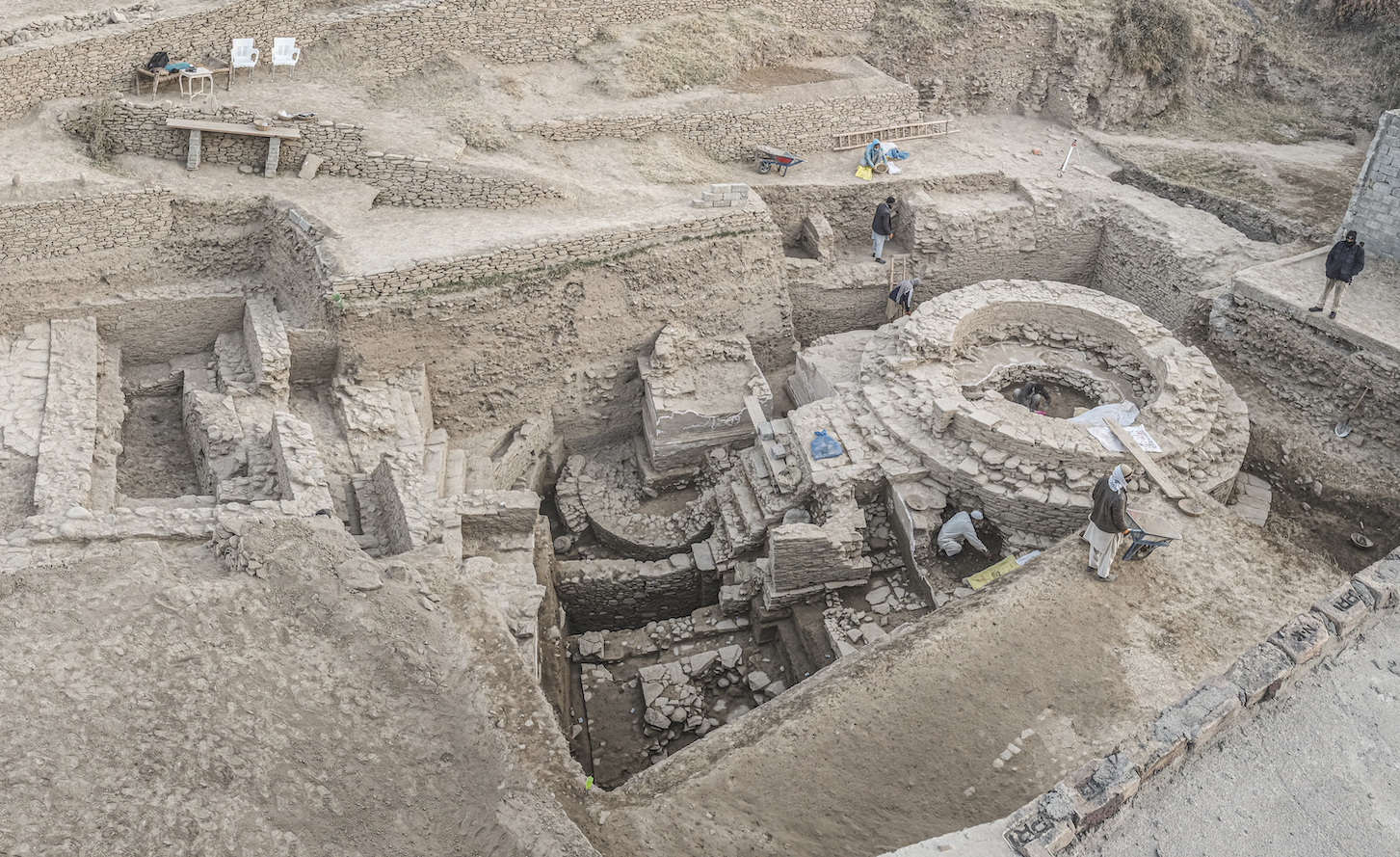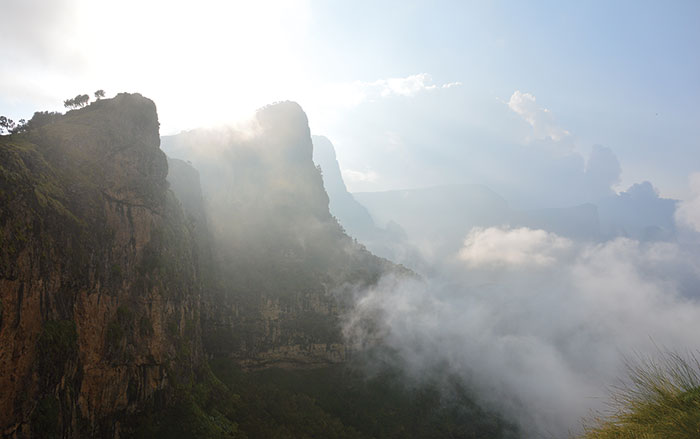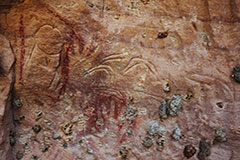
AUSTRALIA

AUSTRALIA: Archaeologists working with Aboriginal communities obtained new information about the Marra Wonga rock shelter in central Queensland. The site contains 15,000 petroglyphs created over thousands of years. Researchers learned that one of the main scenes, which includes starlike designs, snake figures, and human feet, tells the Aboriginal Dreaming story of the Seven Sisters. According to the tale, an Ancestral Being known as Wattanuri pursued the sisters across the Australian landscape, and their altercations led to the creation of many prominent features existing today.
Related Content

BORNEO

BORNEO: Evidence of the earliest known amputation was recovered from Liang Tebo Cave. The successful surgery was performed on a teenager 31,000 years ago, when the person’s lower left leg was skillfully removed. It is believed that the patient survived the procedure and lived for another 6 to 9 years before succumbing to an unknown cause of death. The individual also displayed signs of a healed neck fracture and clavicle trauma, both of which may have occurred during the same event in which the leg was injured.
Related Content
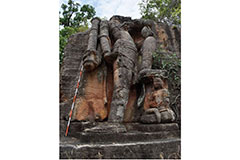
INDIA

INDIA: An archaeological survey covering 65 square miles of central India that had not been explored in almost a century documented hundreds of new sites dating to the 1st millennium A.D. Archaeologists even explored parts of the Bandhavgarh Tiger Reserve—where they occasionally had to dodge wild beasts. The project identified dozens of ritual caves, stupas, inscriptions, and sculptures, along with Buddhist temples. Among the finds was a 20-foot-tall statue of Varaha, an incarnation of the god Vishnu, carved between the 9th and 13th centuries.
Related Content

RUSSIA

RUSSIA: The first known family of Neanderthals was identified by researchers who sequenced the DNA of 11 individuals from Chagyrskaya Cave in southern Siberia. The small group likely lived together 54,000 years ago. The genetic analysis determined that 2 of the cave’s inhabitants were a father and his teenage daughter, the first time such a relationship between Neanderthals has been established. The study also concluded that 2 other adult males, an adult female, and a small boy were part of their extended family.
Related Content
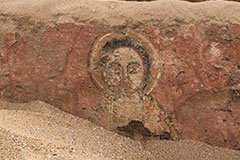
SUDAN

SUDAN: Paintings created more than 1,000 years ago were unearthed at the site of Ga’ab El Lagia near the third cataract of the Nile River. The scenes were painted on the walls of a 50-foot-long mudbrick church between the 9th and 11th centuries. They depict Jesus Christ, the Virgin Mary, and the archangels Gabriel and Michael. The composition represents a flourishing period of Nubian art, when the area was an important Christian center ruled by the powerful Kingdom of Makuria.
Related Content
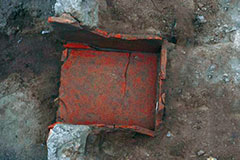
BULGARIA

BULGARIA: Much like today’s college students, Roman legionaries had small fridges in their dorms to store leftovers. Excavation of a barracks in the frontier fortress of Novae exposed a small ceramic-tile food storage unit along with fragments of dishware. Analysis of residues in the refrigerator showed that it contained traces of cooked meat. The soldiers even used small incense-burning vessels to repel unwelcome insects attracted to their fare.
Related Content
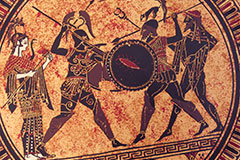
SICILY

SICILY: In 480 B.C., Greek colonists defeated an invading army of Carthaginians near Himera on Sicily’s northern coast. The victory was hailed by ancient Greek historians such as Herodotus as a triumph of the Greek spirit. However, a new study reveals that the Greeks had help. Genetic and isotope analysis of the remains of soldiers who perished in the conflict surprisingly indicated that a number were foreigners, recruited by the Greeks as mercenaries from as far away as the Baltic Sea region and the Eurasian steppe.
Related Content
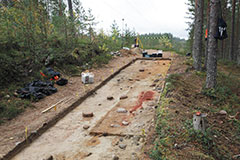
FINLAND

FINLAND: Very little ancient organic matter survives in Finland’s acidic soil. However, recent analysis of soil near an 8,000-year-old grave in Majoonsuo revealed tiny hair and feather fragments. The burial belonged to a child who died between the ages of 3 and 10. The microscopic feather particles suggest that the youth was laid to rest on a bed of down, while canid hairs imply that the child was wearing dog- or wolfskin footwear or was buried with a dog.
Related Content

GUATEMALA

GUATEMALA: Something deadly was lurking beneath many Maya settlements—mercury. A geochemical survey of soil from 10 Maya sites across Central America revealed that 7 contain dangerous levels of the toxic element. This was likely caused by widespread use of cinnabar, which contains mercury, during the Classic period (A.D. 150–900). The bright red mineral was common in paint and decorations and was used in rituals. Mercury that seeped through soil into the water table would clearly have been hazardous to the health of those who lived at the sites.
Related Content
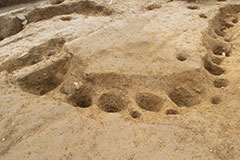
PENNSYLVANIA

PENNSYLVANIA: After a decades-long search, the location of Camp Security—a Revolutionary War POW camp—was finally pinpointed in York. Between 1781 and 1783, the Continental Army prison held around 1,200 British soldiers who had been captured at the Battles of Saratoga and Yorktown. Over the years, small Colonial-era artifacts had been retrieved from the area, but definitive proof of the camp’s whereabouts was lacking until a series of large postholes, denoting the position of the prison’s stockade fence, were recently uncovered.





